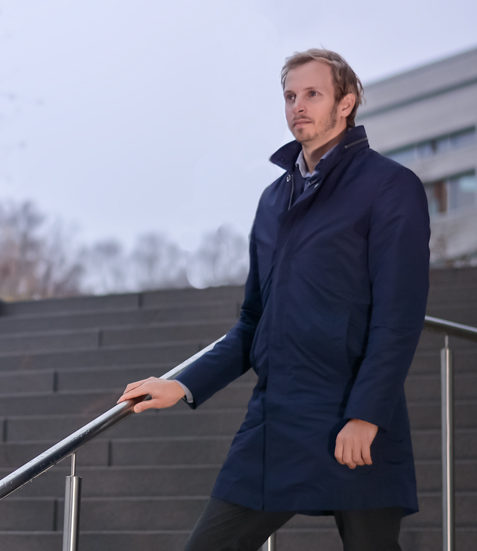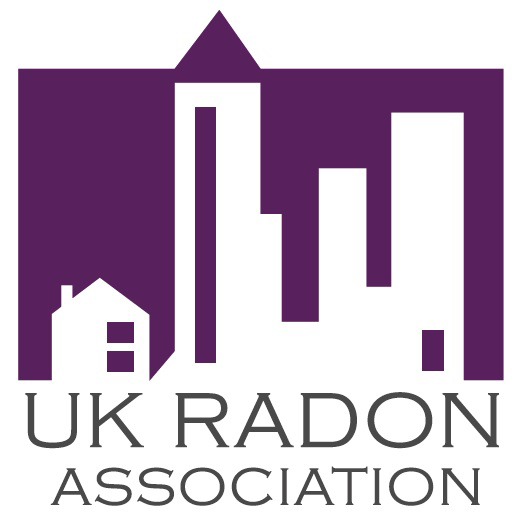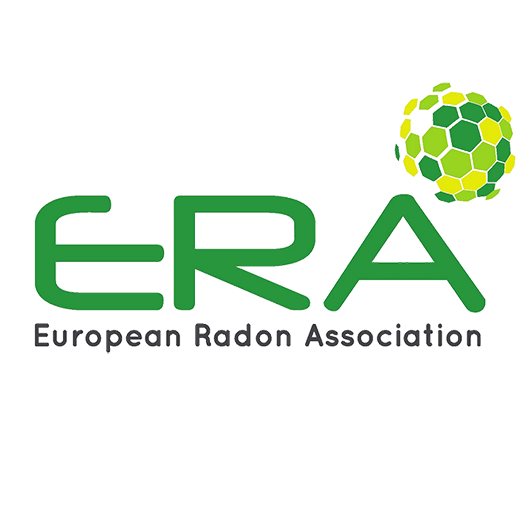
“It’s time the new Radiation Protection Act for workplaces was taken seriously”
Sweden’s new Radiation Protection Act came into force on 1 June 2018. Now the country’s employers have to be aware of the radon levels in our workplaces. Employers also have to take action that may reasonably be required to tackle radon levels over the hygienic limit value of 200 Bq/m³.
Johan Olsson of Radonova Laboratories is a specialist in workplace monitoring. He describes his view of efforts to monitor radon in the workplace.
What are your impressions since the law came in?
Unfortunately, knowledge of radon is generally low. I’d also say that a great many of Sweden’s employers are unaware what the new law means. Essentially, it’s about a health issue and about employees not being exposed to radon levels above the hygienic limit value. After almost half a year, you might think it’s time to take the law seriously.
Another observation is that when companies contact us and we describe how radon is monitored, the response is often, “That’s simple, we should have done this earlier.”
Monitoring radon properly from the offset gives both the employer and employees the peace of mind of knowing what the radon levels are at work. If you carry out proper monitoring and it turns out that the limit value is being exceeded, it’s simpler and less costly to take the right action.
How do we monitor radon in workplaces and what should we be considering?
Basically, it’s easy to monitor radon. You order radon detectors, deploy them, record data, collect the detectors and send them to the radon laboratory, which will return a report by e-mail or online. However, there are several aspects to consider, such as how many radon detectors are needed for reliable monitoring? Another question is how can the work be done as efficiently as possible? The biggest cost of radon monitoring is the time it takes to deploy the detectors, record the data and then retrieve them again. This is vital for ensuring efficiency and safety in all stages of the process.
Real estate companies that carry out monitoring in, say, shopping malls, are one example of an efficient approach. It’s an added value for the tenants if radon monitoring takes place in each store without the tenants having to carry out their own monitoring. If the real estate company carries out the monitoring with, say Radonova, they have full control and avoid a situation arising later on where individual premises have elevated radon levels.
How many radon detectors are needed to monitor radon in the workplace?
For radon monitoring in the workplace, we recommend following the guidelines from IRMA (the International Radon Measurement Association). You will then meet your national requirements as well. The advantage of IRMA’s guidelines is that their recommended measurement procedure helps to save time.
Are there any common misconceptions about monitoring in the workplace?
One common misconception is that it’s sufficient to carry out monitoring in one in every five rooms or use one detector per 500 m³ in large premises. The information can be found in the Swedish Radiation Safety Authority’s method descriptio. But it also says that monitoring should be carried out where there are suspected high radon levels. Also in rooms that have or are adjacent to pipework, which can increase the risk of high radon levels. In principle, this means that monitoring should take place in all rooms where employees spend more than four hours a week.
Radonova is a world leader in radon monitoring. Describe why you’ll be a leader in this market, too…
We offer safe, accredited monitoring methods and our products can be used in public environments. We also offer the fastest delivery and shortest analysis times on the market. Radonova has invested heavily in user-friendliness where companies that carry out radon monitoring simply record data about deployment and the monitoring dates. The results of the analysis are also easily accessible via our web application. All of the stages of our process are efficient and safe. Also the work and time taken to carry out monitoring is minimised.
Read more about radon monitoring in the workplace here»
https://radonova.co.uk/workplaces-and-premises/
For further information on radon monitoring in the workplace, please contact Johan Olsson, phone: +46 (0)18-56 88 00, e-mail: johan.olsson@radonova.com







